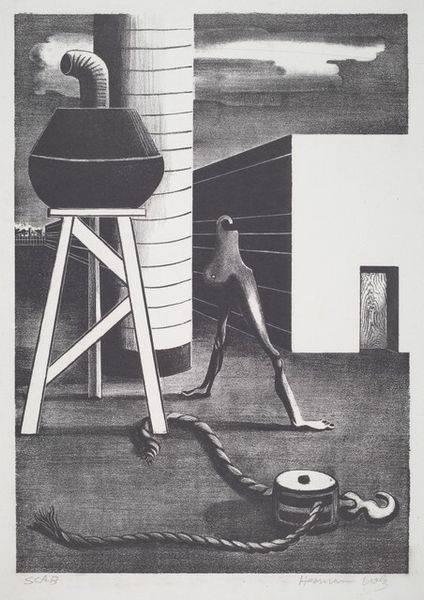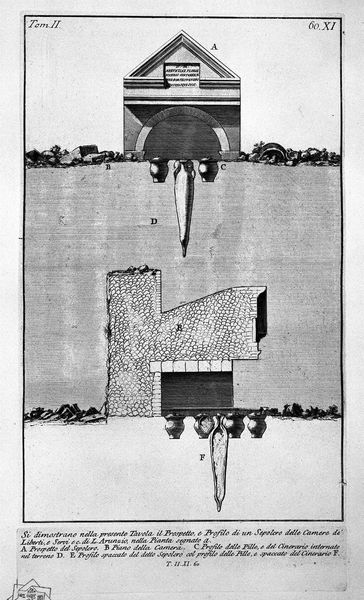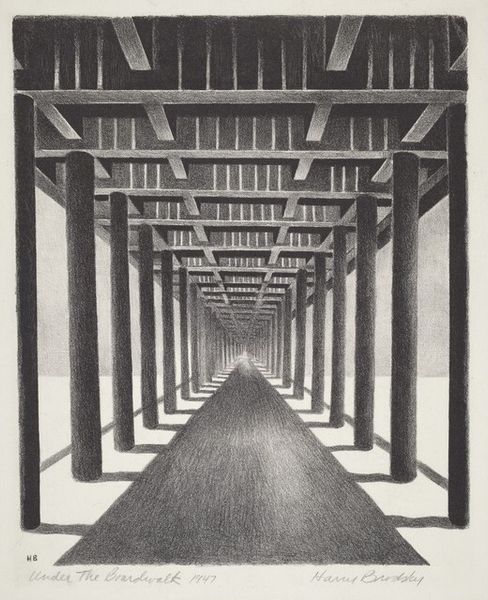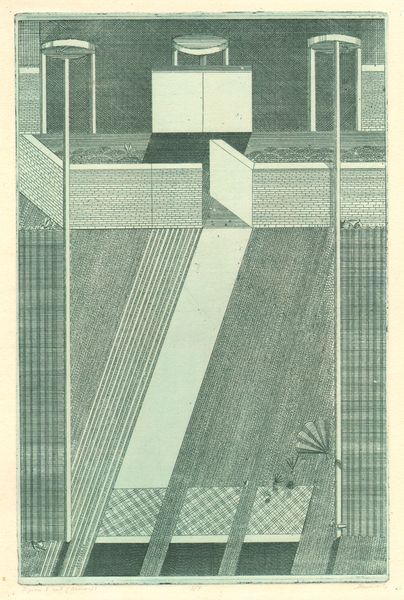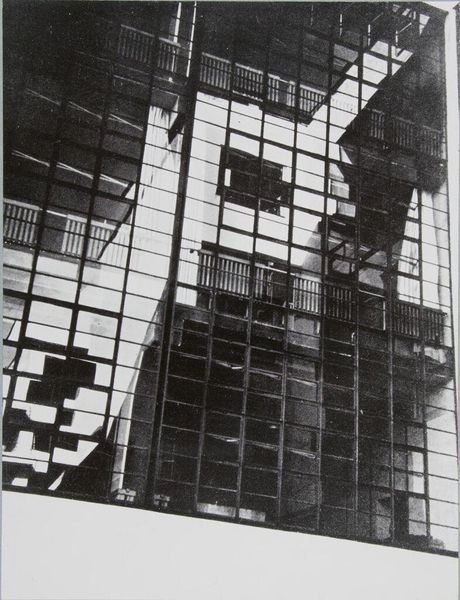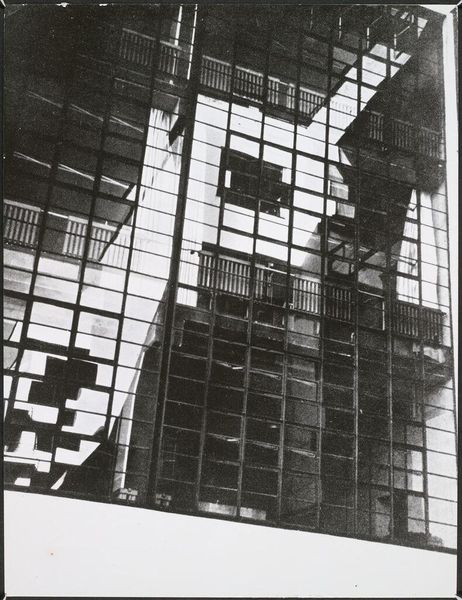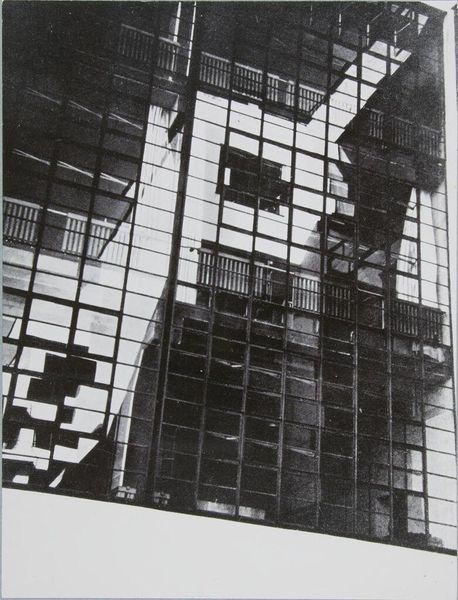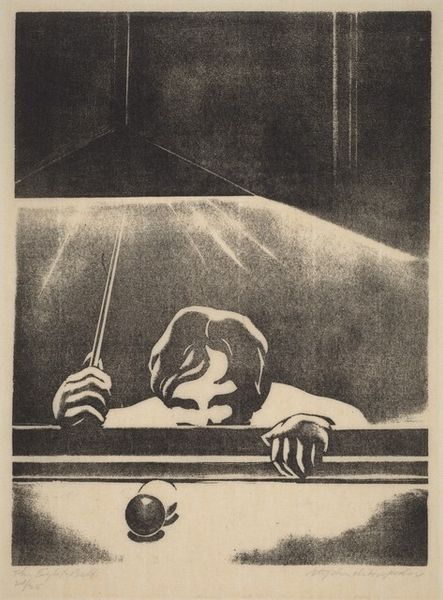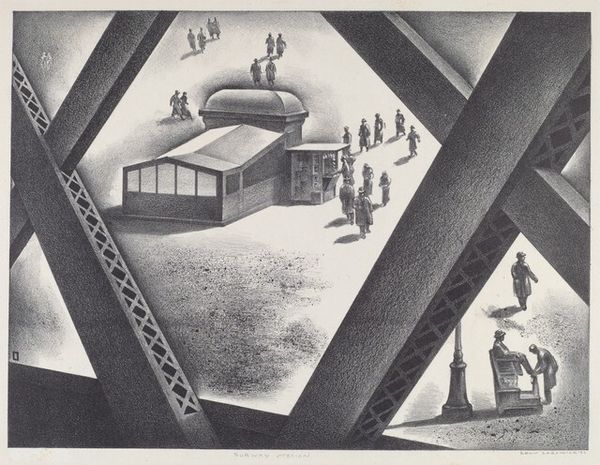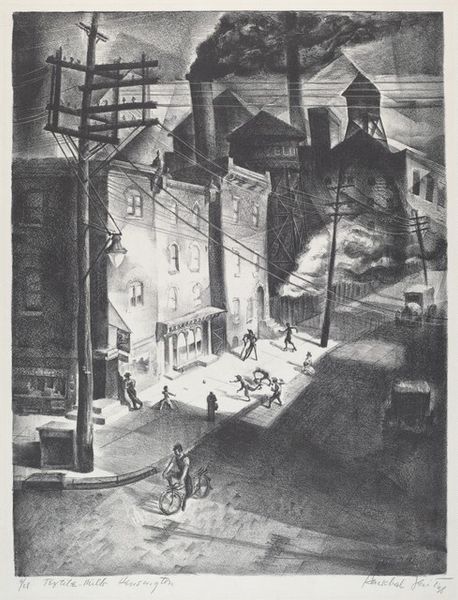
print, engraving
# print
#
geometric
#
line
#
cityscape
#
engraving
#
modernism
#
realism
Dimensions: image: 323 x 250 mm sheet: 480 x 301 mm
Copyright: National Gallery of Art: CC0 1.0
Editor: This is Herman Volz’s “Ship and Dock,” made between 1934 and 1937. It's an engraving, a print. It feels stark, almost lonely, focusing on the immensity of the ship and the narrow dock space. What draws your eye in this piece? Curator: Immediately, I see the interplay between industry, labor, and materials. Look at the stark contrast in textures, from the smooth, dark hull of the ship to the rough-hewn ropes and brickwork. Consider the social context; this was made during the Depression. What does this scene say about labor at the time? Is there any relationship between forms and socio-political setting? Editor: The figure pushing the cart seems dwarfed by the ship. Almost disappears within this setting. Curator: Precisely. It highlights the artist's focus on labor's relationship to production, in that worker is diminished by both machine and scale of operations. Now, examine the materials: engraving as a means of mass production itself. How does the choice of this technique, laborious and exacting, speak to the themes explored within the artwork? Editor: So, the very act of making the print, the materials Volz used, echoes the themes he's representing: labor, production, scale... Curator: Exactly! It isn’t just *what* is depicted but *how* it's depicted, emphasizing the process, the materiality, and the societal influences all intertwined. Volz presents a compelling look into the mechanized world of work and commerce in that moment. Editor: It’s fascinating how analyzing the materials and production reveals such deeper meaning within "Ship and Dock". I definitely appreciate Volz’s statement in ways that were invisible a moment ago. Curator: And that's the value of materialist perspectives! It grounds the artwork in tangible realities.
Comments
No comments
Be the first to comment and join the conversation on the ultimate creative platform.
